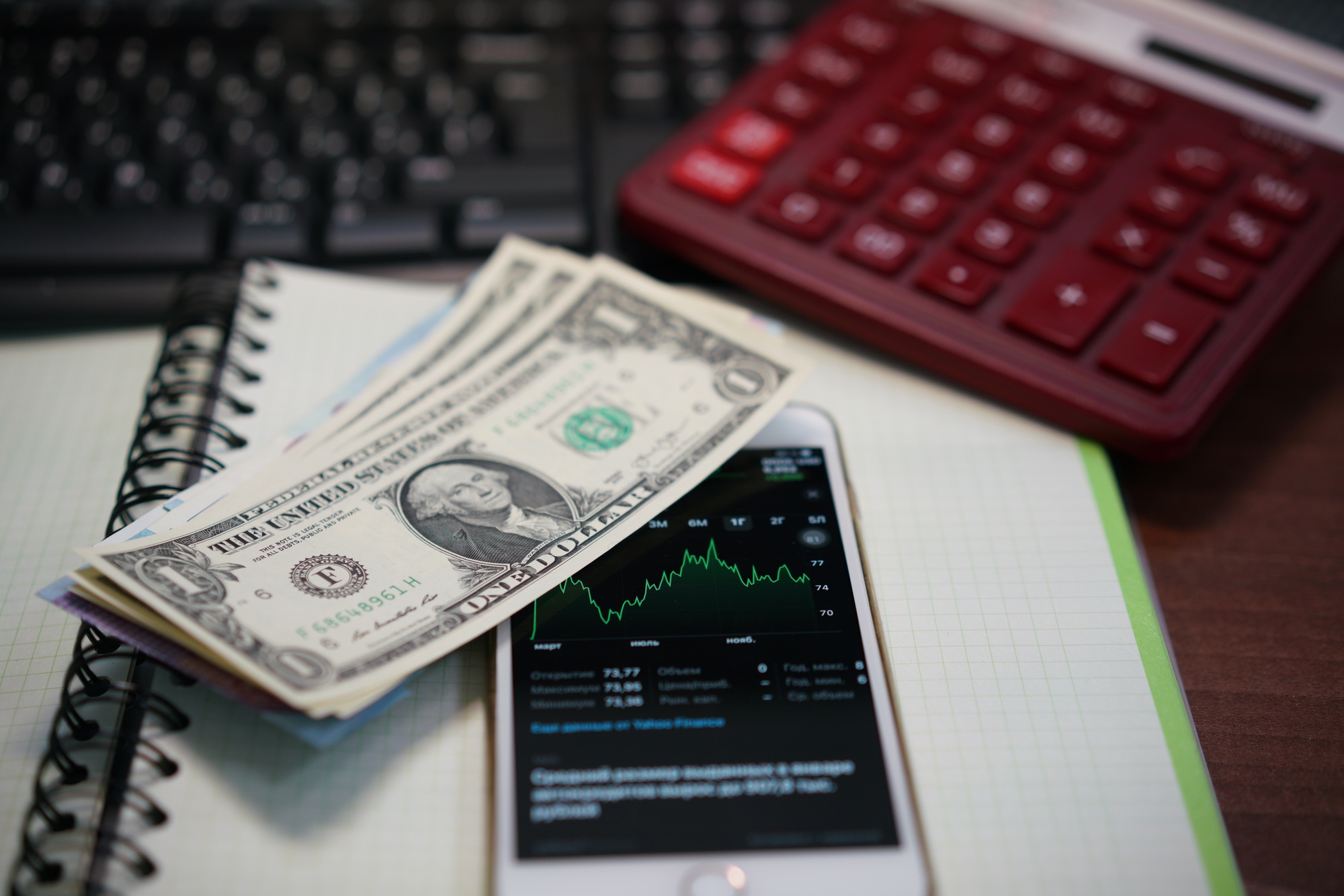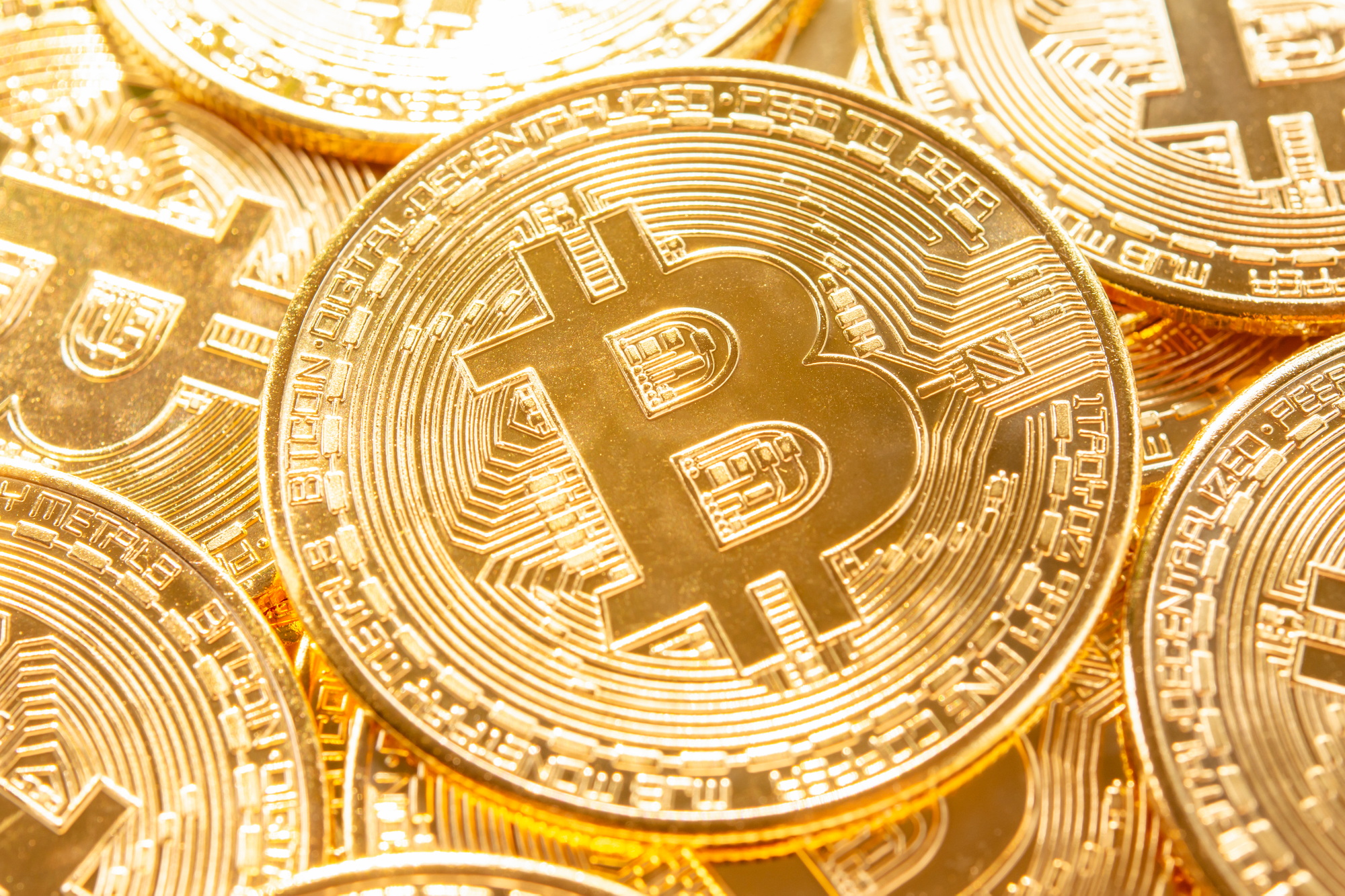
Palantir Technologies Inc. (NYSE: PLTR) experienced a notable decline in its stock price, despite strong demand for its artificial intelligence (AI) platforms and recent analyst upgrades. As of May 20, 2025, the stock closed at $126.33, down 2.46% from the previous day. Robust AI Demand The company has reported increasing demand for its AI-driven data analytics platforms, particularly in government and commercial sectors. Palantir’s AI solutions have been instrumental in addressing complex data challenges, positioning the company as a significant player in the AI industry. Analyst Upgrades In light of Palantir’s performance, several analysts have revised their outlooks. Bank of America recently raised its price target for Palantir to $150, maintaining a “Buy” rating. This adjustment reflects confidence in the company’s growth trajectory and its role in the expanding AI market. Stock Market Reaction Despite positive indicators, Palantir’s stock has faced downward pressure. Investors appear cautious, possibly due to concerns about the company’s valuation and the sustainability of its rapid growth. The stock’s high price-to-earnings ratio may be prompting some to question whether current valuations accurately reflect future earnings potential. Palantir continues to focus on expanding its AI capabilities and market reach. The company’s performance in the coming quarters will be critical in determining whether it can meet investor expectations and maintain its position in the competitive AI landscape.






